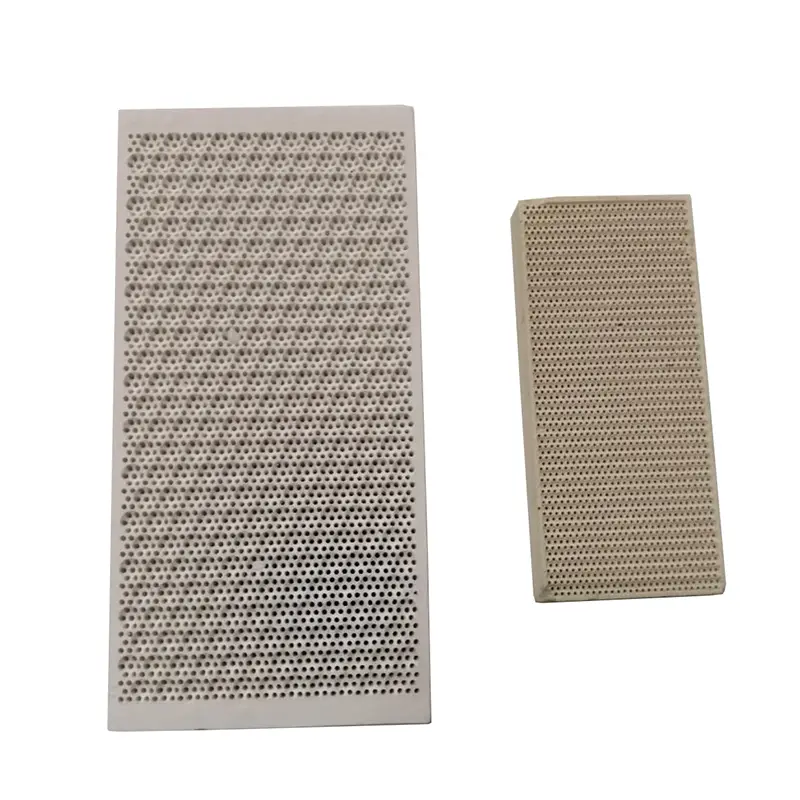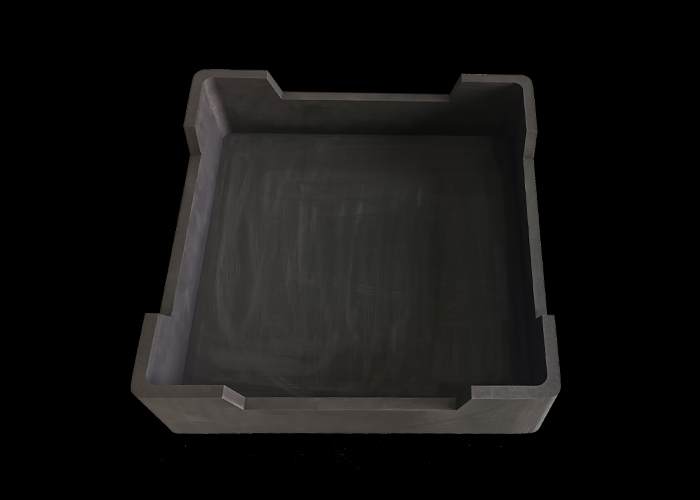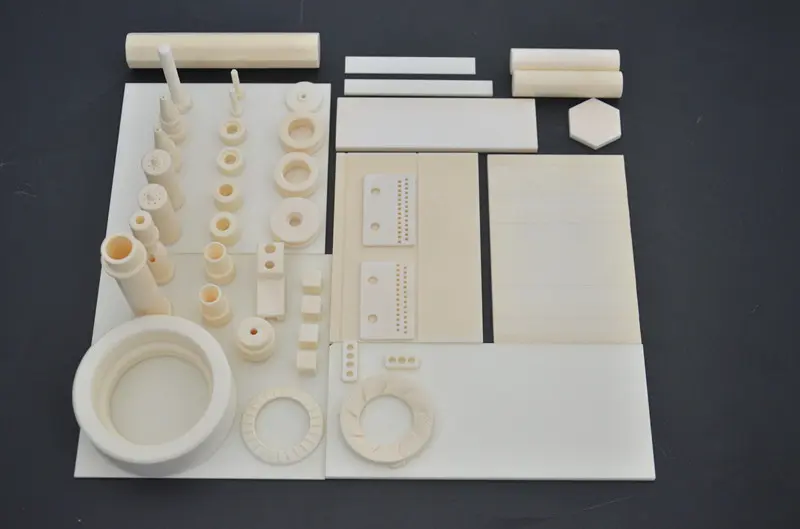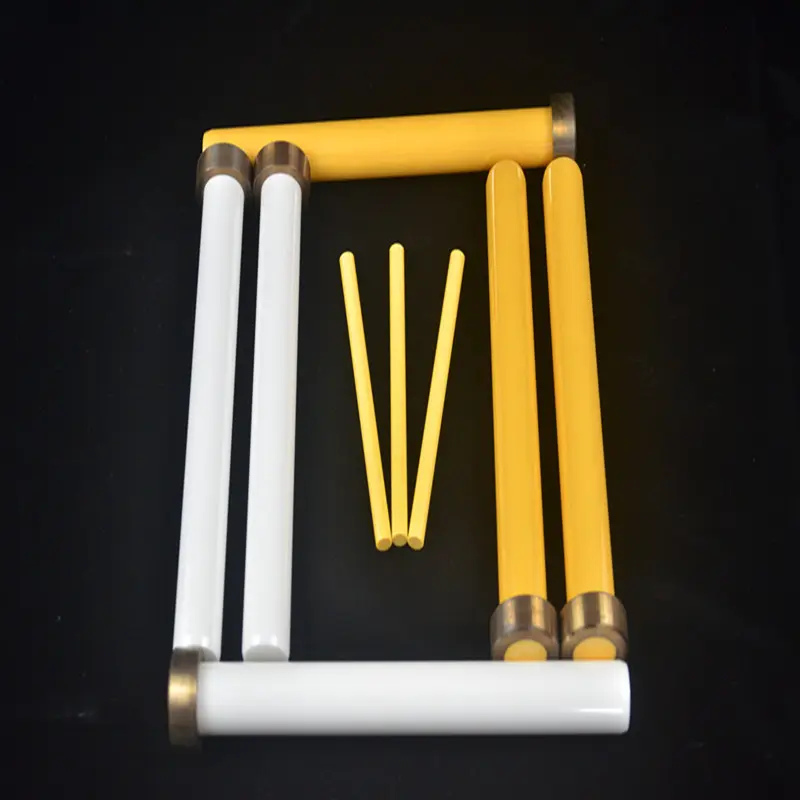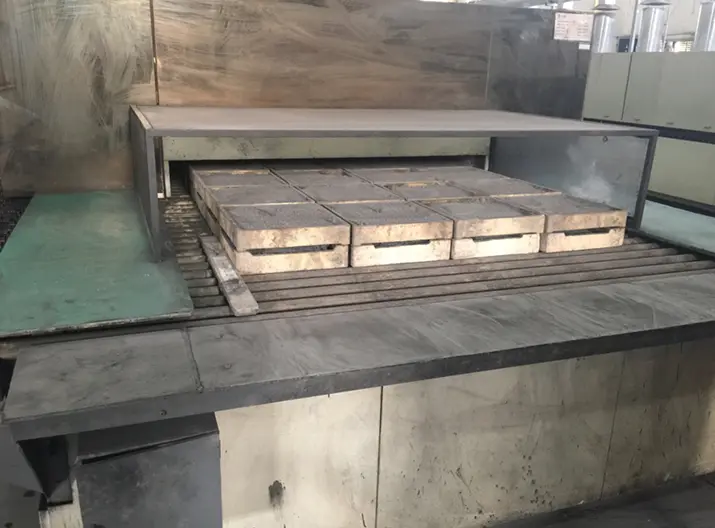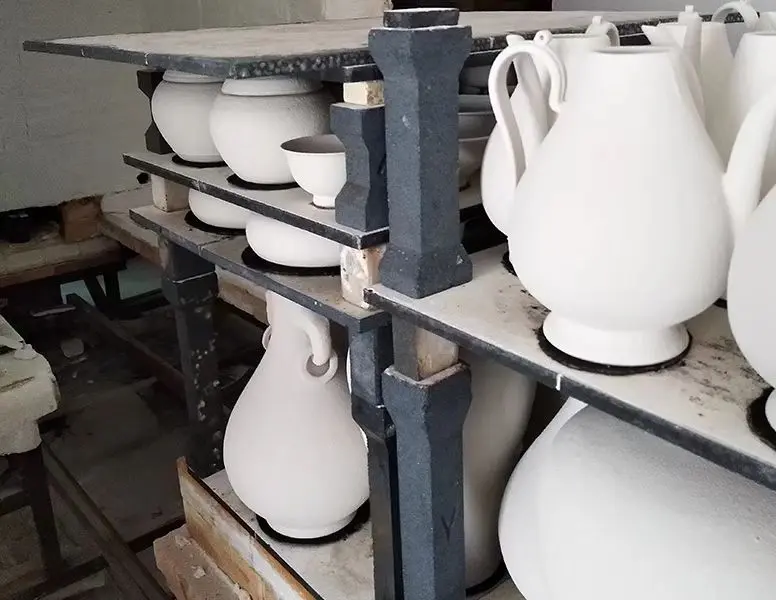What is electronic ceramics ?
Historically, developments in the various subclasses of electroceramics have paralleled the growth of new technologies. Examples include: ferroelectrics - high dielectric capacitors, non-volatile memories; ferrites - data and information storage; solid electrolytes - energy storage and conversion; piezoelectrics - sonar; semiconducting oxides - environmental monitoring. Recent advances in these areas are described in the Journal of Electroceramics.
The term “ceramics” typically refers to a broad category of materials that are hard, brittle, and heat-resistant. However, electronic ceramics are distinct due to their tailored properties that enable them to function effectively in electronic circuits and components. Common types of electronic ceramics include piezoelectric ceramics, ferroelectric ceramics, dielectric ceramics, and superconducting ceramics. Each of these categories serves different purposes in the electronics industry.
Piezoelectric Ceramics are materials that generate an electric charge in response to mechanical stress. This property makes them invaluable in applications such as sensors, actuators, and transducers. For instance, piezoelectric ceramics are widely used in microphones and speakers, where they convert sound waves into electrical signals and vice versa. The most common piezoelectric ceramic is lead zirconate titanate (PZT), known for its high piezoelectric response.
Ferroelectric Ceramics possess a spontaneous electric polarization that can be reversed by the application of an external electric field. This property is utilized in non-volatile memory devices, capacitors, and other electronic components. Ferroelectric materials, such as barium titanate (BaTiO3), are crucial for the development of advanced memory technologies, including ferroelectric random-access memory (FeRAM).
Dielectric Ceramics are materials that can store electrical energy when subjected to an electric field. They are characterized by their high dielectric constant and low dielectric loss, making them ideal for capacitors and insulators in electronic circuits. Common dielectric ceramics include titanium dioxide (TiO2) and strontium titanate (SrTiO3). These materials are essential for the miniaturization of electronic components, allowing for the development of smaller and more efficient devices.
Superconducting Ceramics are a fascinating subset of electronic ceramics that exhibit zero electrical resistance below a certain critical temperature. This property allows for the lossless transmission of electrical current, making them ideal for applications in power transmission, magnetic resonance imaging (MRI), and particle accelerators. High-temperature superconductors, such as yttrium barium copper oxide (YBCO), have garnered significant attention due to their potential to revolutionize energy systems.
The manufacturing process of electronic ceramics involves several steps, including the selection of raw materials, powder processing, shaping, and sintering. Advanced techniques such as sol-gel processing, tape casting, and 3D printing are often employed to achieve the desired microstructure and properties. The ability to control the composition and microstructure of electronic ceramics is crucial for optimizing their performance in specific applications.
In conclusion, electronic ceramics play a vital role in the advancement of modern electronics. Their unique electrical properties enable a wide range of applications, from sensors and actuators to memory devices and superconductors. As technology continues to evolve, the demand for high-performance electronic ceramics is expected to grow, driving further research and development in this exciting field. Understanding what electronic ceramics are and their applications is essential for anyone interested in the future of electronics and materials science.


